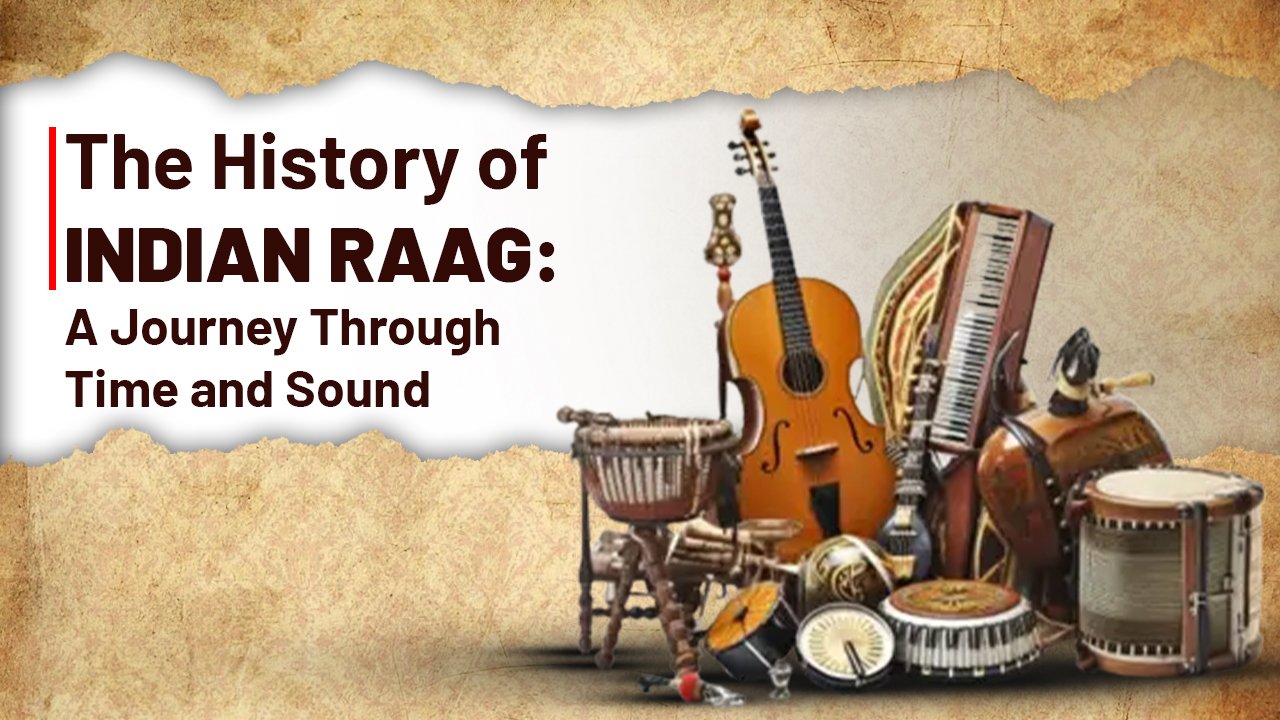India, a land steeped in spirituality and rich cultural traditions, has given birth to many timeless art forms. Among them, Indian classical music stands tall as one of the oldest and most profound. At the heart of this musical tradition lies the concept of the Raag (or Raga)—a melodic framework that forms the soul of Indian classical compositions. The history of the Raag is not merely a tale of musical evolution but a reflection of India’s spiritual, philosophical, and artistic journey.
Origins in the Vedic Age
The roots of Indian classical music trace back over 3,000 years to the Vedic period. The Samaveda, one of the four Vedas, contains chants that are considered the earliest musical expressions in India. These chants were based on specific notes and tonal patterns, laying the groundwork for what would later evolve into structured Raags. The aim was not entertainment but spiritual elevation. Music was seen as a path to the divine, with sound (nāda) considered a sacred force.
Raag in Ancient Texts
The formal concept of Raag began to crystallize around the time of Bharata Muni, who wrote the Natyashastra—a seminal treatise on drama, music, and dance—around 200 BCE to 200 CE. In this text, Bharata describes 22 microtones (śruti) and seven primary notes (swaras), concepts still foundational in Indian music today. While the Raag system as we know it was not fully formed, the seeds were clearly sown.
By the 5th and 6th centuries CE, texts like Dattilam (by Dattila) began to describe melodic structures more closely aligned with modern Raags. This period marks a shift from purely religious chanting to more artistic and emotional expressions through melody.
The Rise of Raag as a Musical System
By the medieval period (8th to 13th centuries CE), the Raag system became more defined. Scholars like Matanga Muni, in his work Brihaddeshi, used the term "Raaga" explicitly for the first time. He defined it as “a melodic configuration that pleases the minds of the listeners.” This is perhaps the first clear definition that views Raag not only as a technical construct but also as a carrier of rasa (emotional essence).
Raags were increasingly linked with specific moods, times of day, and seasons—a practice still followed in Indian classical music. For example, Raag Bhairav is traditionally sung in the early morning and evokes a sense of devotion and peace.

